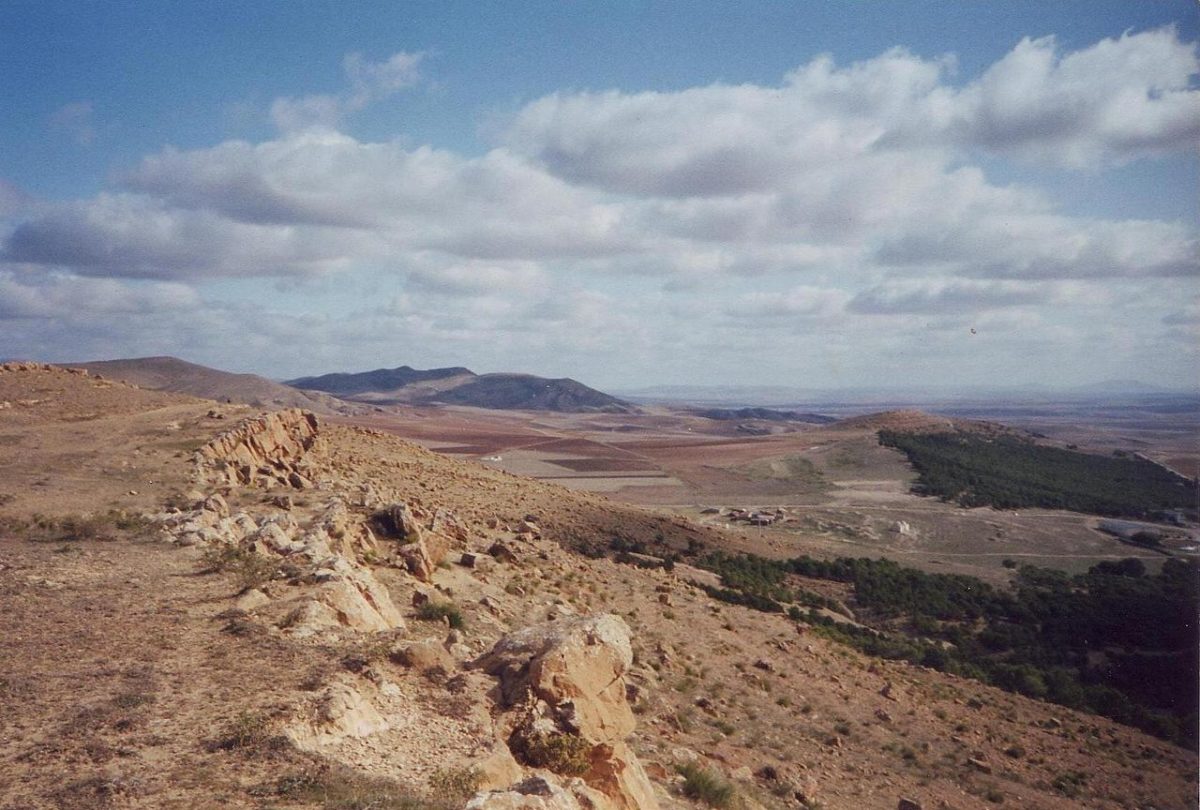Algeria’s Ministry of Energy will launch a tender for the installation of 4,020 MW of PV capacity by the end of this month or at the latest by early April, according to government-owned news portal Portail Algerien des Energies Renouvelables citing a statement from Mohamed Arkab, the CEO of local gas and energy provider CEEG SpA, a subsidiary of Algerian state-owned electric and gas utility Sonelgaz (National Society for Electricity and Gas).
Arkab said the tender, which will be conducted by CEEG in three 1,350 MW phases, is part of the country’s renewable energy policy issued by the government in 2015.
The tender will enable the construction of several large-scale PV plants in the region of Hautes Plaines (High Plains), which is located in the northern part of the country, and also in southern Algeria.
The projects will be owned and developed by special purpose companies, which will be responsible for financing, EPC works, grid-connection and the sale of power. These vehicles will be owned 51% by a domestic investor and 49% by an international partner. Algerian government-owned oil company Sonatrach will hold a 40% stake in all of these companies, while Sonelgaz and other public or private Algerian companies will hold the remaining 11%. For Algerian private investors the participation in the capital of each company will not exceed 6%. Financing for each project must be provided 30% with own funds and 70% with bank loans.
The Ministry of Energy will soon designate the local private and public companies that will have to cooperate with Sonelgaz and Algerian electronic components producer Entreprise Nationale des Industries Electroniques (ENIE) for the projects.
Arkab also stressed that the tender will include an industrial part and that CEEG is planning to build several manufacturing facilities for the production of PV components for the projects.
Algeria aims to cover 27% of its electricity demand with renewable energy by 2030. The country expects to reach this goal by installing 22 GW of renewable energy power stations, of which 13.5 GW will come from a PV source. Around 3 GW of solar must be installed in the period between 2015 and 2020, while the remaining 10.57 GW is scheduled for the period spanning 2021 to 2030.
This content is protected by copyright and may not be reused. If you want to cooperate with us and would like to reuse some of our content, please contact: editors@pv-magazine.com.




3 comments
By submitting this form you agree to pv magazine using your data for the purposes of publishing your comment.
Your personal data will only be disclosed or otherwise transmitted to third parties for the purposes of spam filtering or if this is necessary for technical maintenance of the website. Any other transfer to third parties will not take place unless this is justified on the basis of applicable data protection regulations or if pv magazine is legally obliged to do so.
You may revoke this consent at any time with effect for the future, in which case your personal data will be deleted immediately. Otherwise, your data will be deleted if pv magazine has processed your request or the purpose of data storage is fulfilled.
Further information on data privacy can be found in our Data Protection Policy.